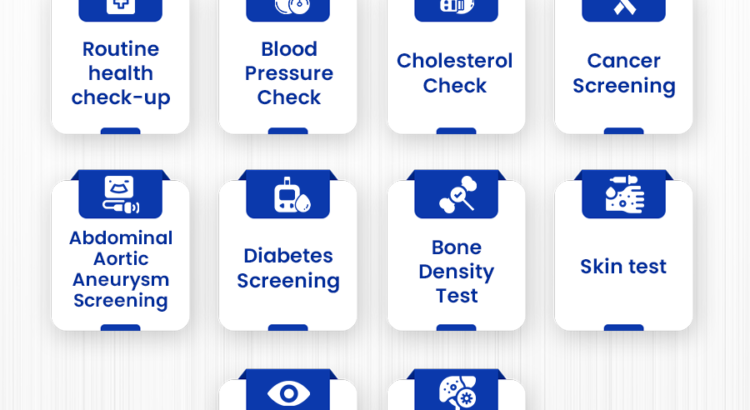A brand's success is heavily reliant on effective brand strategy, and at the helm of this strategy is the creative director. The creative director plays a crucial role in defining and shaping a brand's identity, ensuring it resonates with the target audience and aligns with the overall marketing objectives. Let's explore the key responsibilities a creative director holds in brand strategy.
1. Developing the Brand Identity:
One of the primary responsibilities of a Creative Director and Creative Marketing Strategy is to develop and refine the brand's identity. They work closely with the marketing team to understand the brand's values, target audience, and market positioning. Based on this understanding, they create the visual and verbal elements that represent the brand, such as the logo, color palette, typography, and tone of voice.

2. Ensuring Consistency:
Consistency is key when it comes to brand strategy. A creative director ensures that all brand communications, whether it's advertising, social media, or packaging, are consistent in terms of visual style, messaging, and overall brand experience.
3. Inspiring Creativity:
As the head of the creative team, the creative director is responsible for inspiring and nurturing creativity within the team. They provide guidance and feedback to designers, copywriters, and other creative professionals, helping them develop ideas that align with the brand's strategy. They also stay updated with industry trends and innovations to bring fresh ideas and perspectives to the brand.
4. Collaboration and Communication:
A creative director acts as a bridge between different departments within an organization. They collaborate with marketing, sales, and product teams to understand their needs and incorporate them into the brand strategy. Effective communication with stakeholders is vital to ensure that the brand's vision is understood and implemented consistently.
By developing the brand identity, ensuring consistency, inspiring creativity, and fostering collaboration, they bring the brand to life, enabling it to connect with the target audience effectively. The creative director plays a crucial role in shaping a brand's perception and helping it achieve its marketing objectives.







